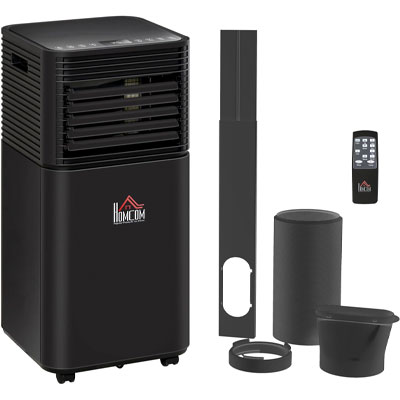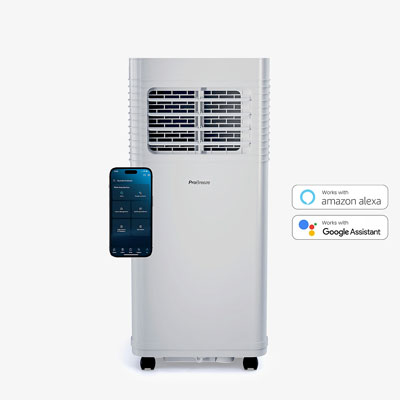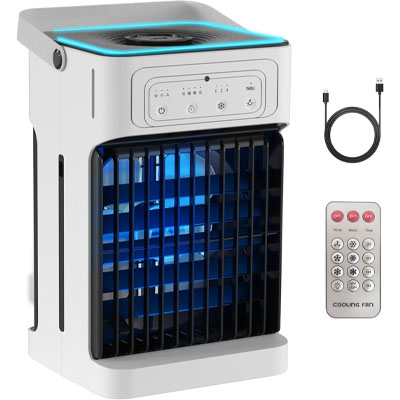7 places never to put air conditioning if you actually want to enjoy its benefits
For air conditioning to work effectively and safely it needs to be installed in the right position – I asked the experts for their advice
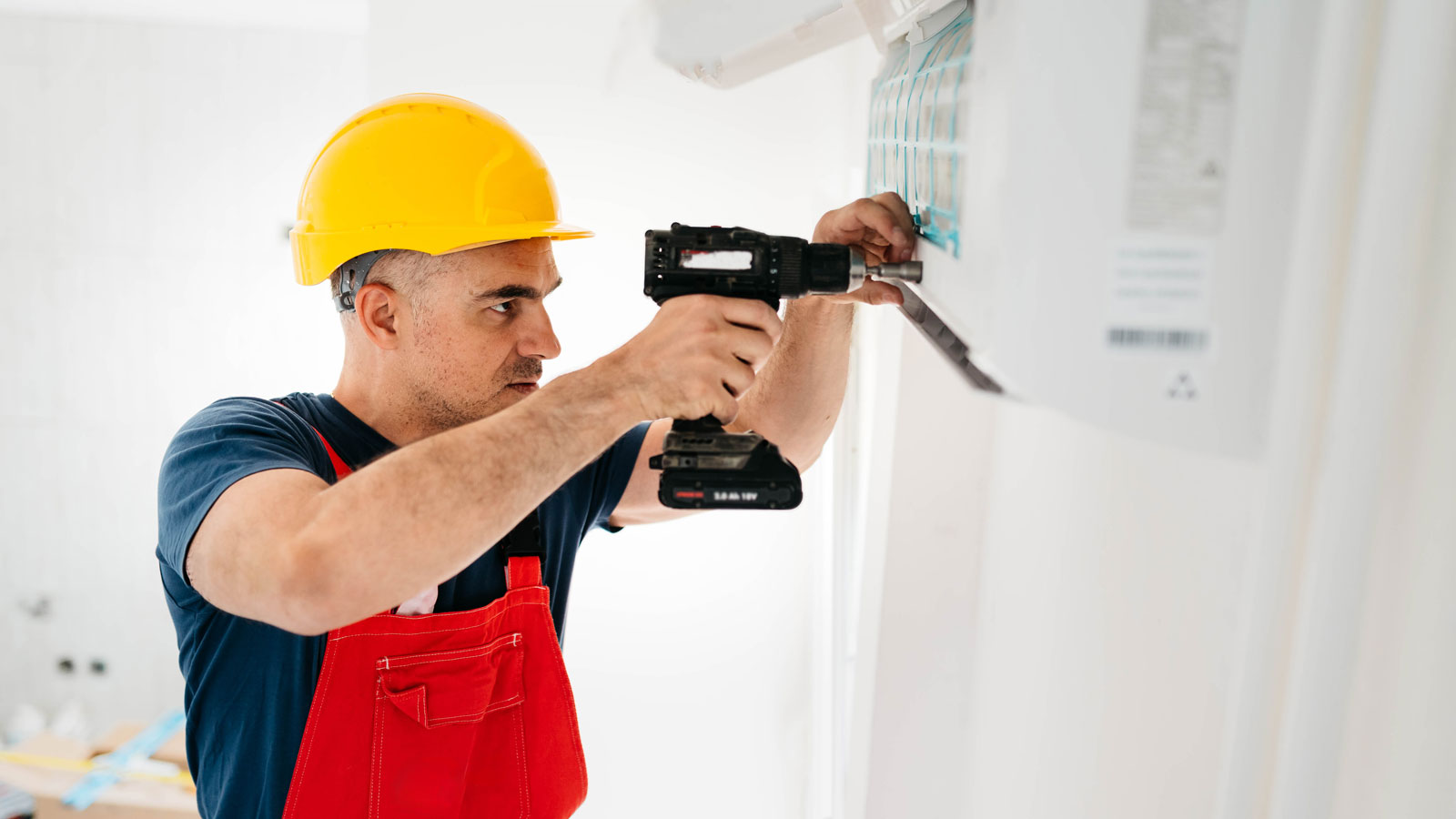
If you are finding the summer heat is increasingly getting in the way of enjoying day-to-day life, you may well have been considering ways to cool your house down – but do you know where not to install air conditioning if you want it to be a safe and efficient way to prevent your home from overheating?
"You’d be surprised how often we see air conditioning units installed in the wrong place," reveals the founder of Elite Renewables, Martyn Fowler.
If you have been looking at making space within your home for air conditioning, be that a fixed system or a portable unit, here's the seven places never to locate it, according to the experts.

Founder of Elite Renewables, Martyn Fowler is one of the UK's leading renewable technology experts, working with heat pumps for the last 2 decades. His passion for decarbonisation matched with a deep technical experience of the technology make him one of the industry's go-to experts for all things renewable.
1. In direct sunlight
If there is one place that air conditioning units should never be installed it is in direct sunlight. This can make it really hard to know what temperature your air conditioning should be set on.
"Avoid installing indoor units on south-facing walls or in conservatories where they’ll be exposed to constant direct sunlight," picks up Stephen Day, operations manager at iHeat. "This not only heats up the unit itself but also the surrounding wall, causing the AC system to work much harder than necessary to maintain a cool temperature. This can then often lead to the thermostat misreading the room’s actual temperature, triggering overcooling or short-cycling, which, over time, increases both energy consumption and wear on the unit.
"Technically, it’ll still work, but at a huge efficiency cost," continues Stephen. "For optimal performance, AC units should always be placed on shaded internal walls or away from windows where radiant heat could disrupt their performance."

Stephen Day is the operations manager at iHeat, with over a decade of experience as a qualified heating engineer and home cooling expert. He specialises in efficient, modern solutions for heating and air conditioning across the UK.
2. In the kitchen
While you might be desperate to find a way to keep your kitchen cool while you work over a hot cooker, air conditioning installation might not be the answer.
Bring your dream home to life with expert advice, how to guides and design inspiration. Sign up for our newsletter and get two free tickets to a Homebuilding & Renovating Show near you.
"While it may seem logical to cool one of the warmest rooms in the house, installing an AC unit in the kitchen is usually counterproductive," explains Stephen Day. "Kitchens naturally generate a lot of heat from appliances like ovens, hobs, and dishwashers, not to mention the added complication of steam and grease. This puts your air conditioning unit in direct conflict with a constantly warm, moisture-heavy environment, which not only makes the unit less effective but accelerates wear and tear, particularly on filters and internal components.
"If cooling the kitchen is important, especially in an open-plan layout, this should be done as part of a multi-split or zoned system," continues Stephen. "That way, the load can be distributed across several rooms, preventing one hot zone from dragging down the entire system’s efficiency."
"You also want to avoid installing AC near ovens, radiators or even the back of a fridge," adds Martyn Fowler. "These heat sources throw off the unit’s readings and force it into overdrive trying to cool a space that’s artificially hot."
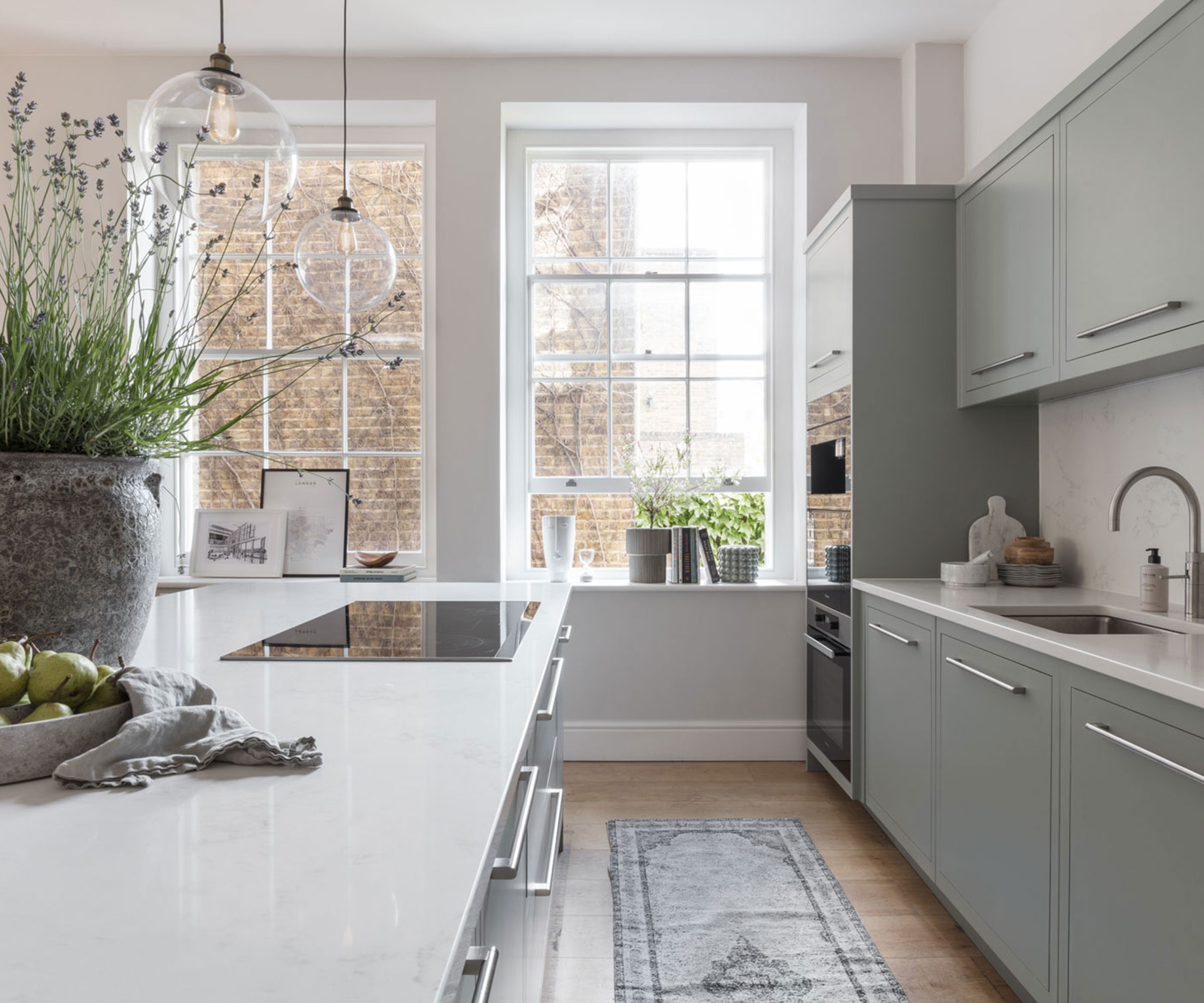
3. In the bathroom
Bathrooms can get really warm in the summer months and can feel particularly stifling after someone has just enjoyed a long shower. But be wary of fitting air con in this room.
"Bathrooms are another spot to avoid," says Martyn Fowler. "They tend to be damp and poorly ventilated, which isn't ideal for the electrical components in an AC system."
Instead of using an air conditioning unit, focus on other types of bathroom ventilation to keep the space fresh and cool – a great bathroom extractor fan, for example.
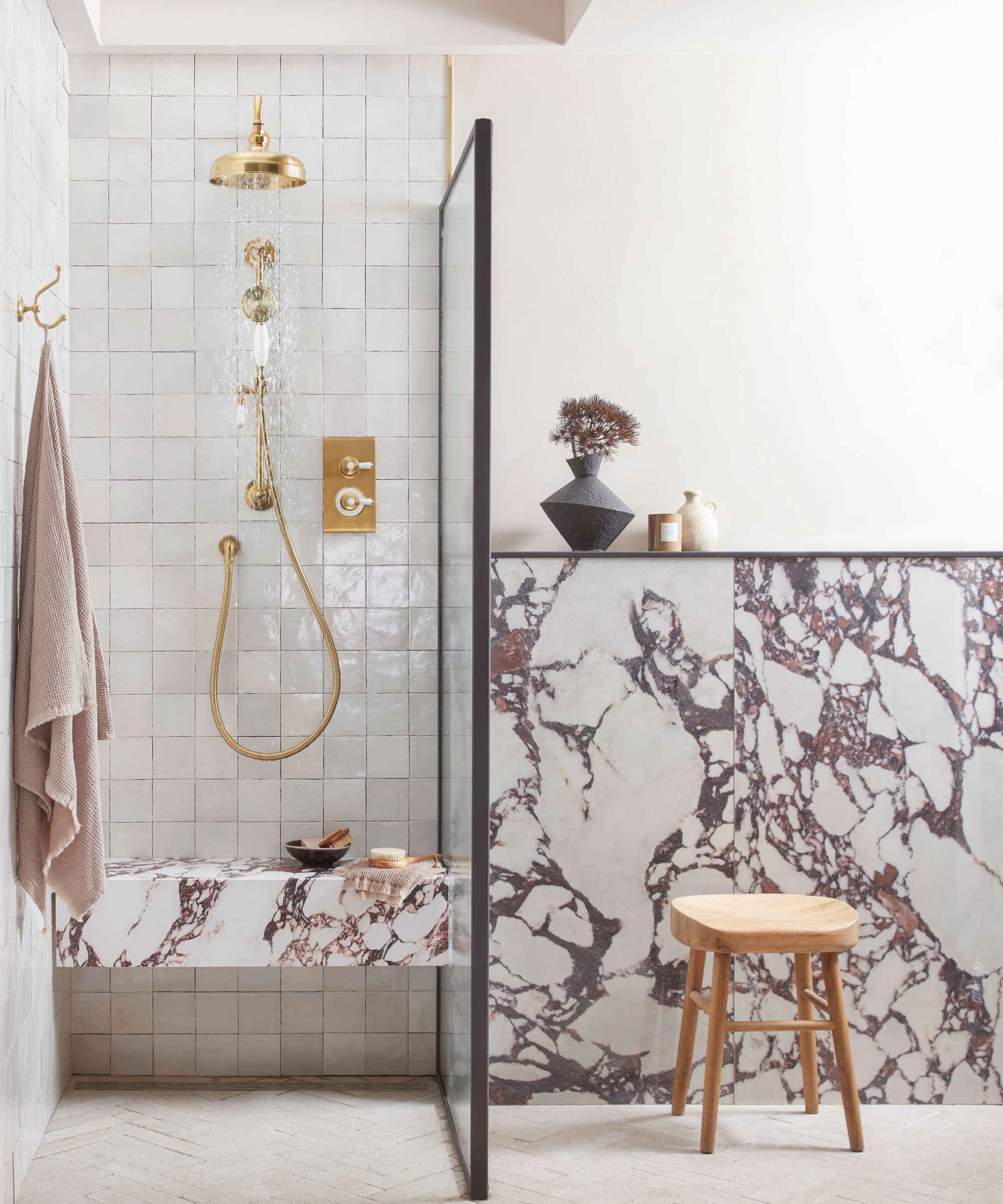
4. Behind furniture or curtains
Air conditioning units are not usually particularly beautiful so it is understandable that you might want to hide yours away – but this could seriously affect its performance as well as causing your air conditioning costs to rise in terms of running it.
"Air conditioning units need unrestricted airflow to operate effectively, yet one of the most common mistakes homeowners make is hiding units behind heavy curtains, large furniture like wardrobes, or recessing them into tight alcoves," says Stephen Day. "While this might look tidier or feel more discreet, it severely limits the system’s ability to circulate air.
"The result is patchy cooling, poor efficiency, and uneven room temperatures for both wall-mounted and portable units," continues Stephen. "Always give your AC plenty of open space to distribute air freely, ideally with at least a metre of clearance in front."
"We recommend at least 15cm clearance from the ceiling and surrounding walls," advises Martyn Fowler. "That gives it the room to 'breathe' and cool your space effectively."
5. Directly over or opposite beds and sofas
The idea of lying in bed or reclining on the sofa being wafted by the cool air emanating from your air conditioning system might seem appealing, but you might want to think twice before positioning a fixed system directly above or opposite your favourite relaxing spot. This is where one of the best portable air conditioners might work better.
"It might feel like a good idea to install your AC unit directly above your bed or across from the sofa for instant cooling relief; however, this can lead to long-term discomfort," explains Stephen May. "A constant blast of cold air, especially at night, can cause dryness, sore throats and disrupted sleep, while in living rooms, it can result in an unpleasant chill when seated for long periods.
"While many modern systems come with 'wind avoid me' or louvre control features to redirect airflow, these shouldn’t be used as a workaround for poor placement," adds Stephen. "The better option is to mount units higher on a side wall and angle them so air flows gently across the room, creating a balanced, comfortable climate."
Shop portable air conditioners
6. Avoid outdoor units in tight spaces
If you are going for a split-system, you will have an outdoor unit and the location of this needs to be taken into consideration too.
"Outdoor units need space, airflow, and ventilation to work properly, and installing them in enclosed areas, like tight alleyways, under decks, or behind bins, can cause hot air to recirculate, leading to overheating and system inefficiency," warns Stephen Day. "A lack of airflow also makes the compressor work harder, increasing energy use and wear. These installations are also harder to access for servicing or repairs, meaning higher long-term costs and potential downtime should any issues occur.
"I recommend allowing at least 30cm of clearance on all sides of the outdoor unit and choosing a location that’s shaded but well-ventilated," further explains Stephen. "This ensures it can expel heat efficiently, perform reliably, and remain easy to maintain over time."
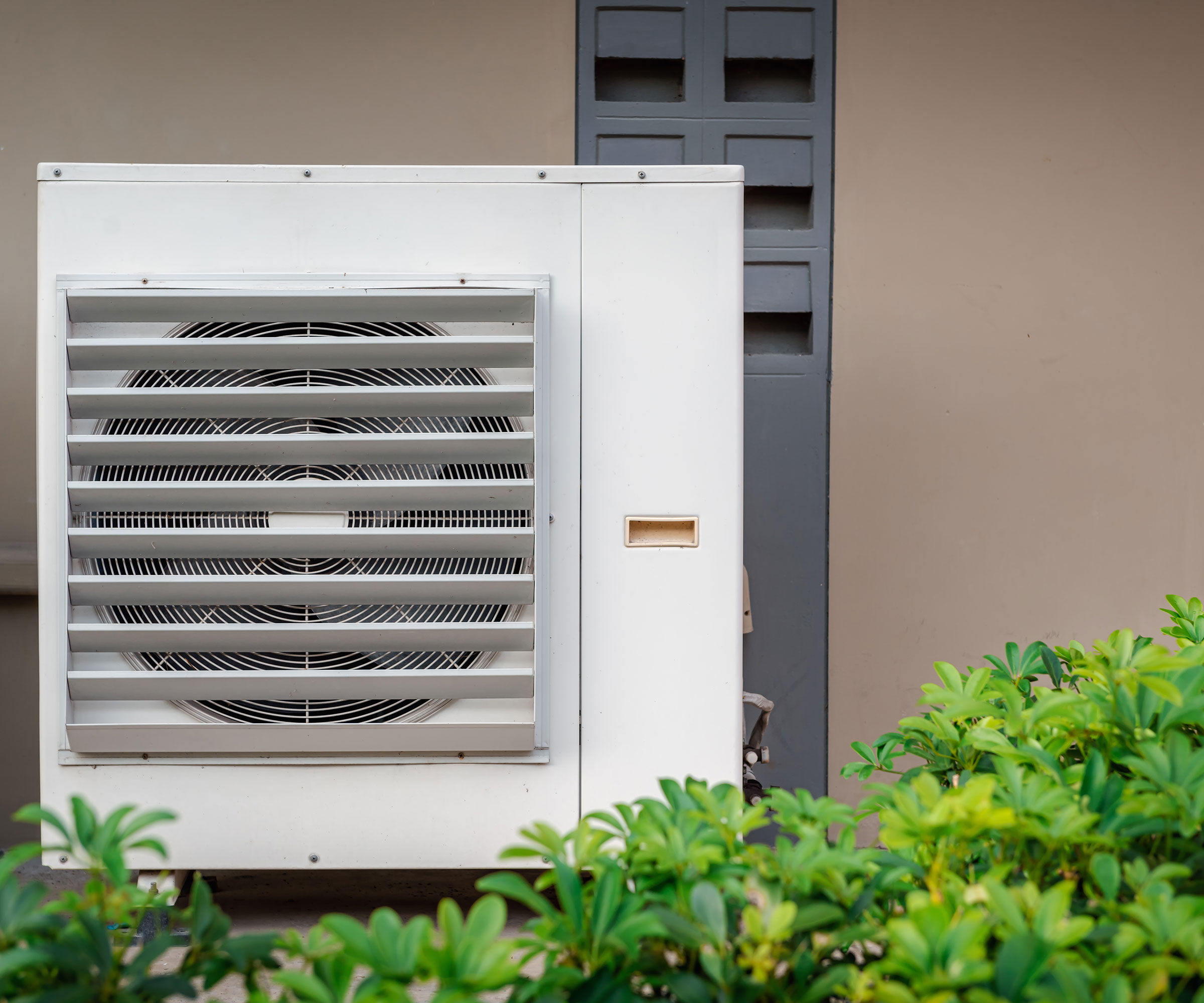
7. Portable units in large open plan spaces
Even the best air conditioners need to be located with care to avoid running into issues later down the line.
"Portable air conditioners are incredibly handy in the right context, but many people overestimate their power," points out Stephen Day. "An 8,000 BTU unit might be perfect for a bedroom, but it will struggle to cool a large open-plan kitchen or living area. These spaces often have high ceilings, multiple heat sources, and fewer containment barriers, making them harder to cool evenly.
"Compounding the problem are long or kinked vent hoses, which can reduce exhaust efficiency and can leak warm air back into the room, making them far less beneficial than they should be. If a portable unit is used, it should be placed in a smaller, enclosed space with a low-opening window for venting and a short, straight hose. They’re brilliant for bedrooms, home offices, or guest rooms, but for open spaces, a split or multi-split wall-mounted system is a far better fit."
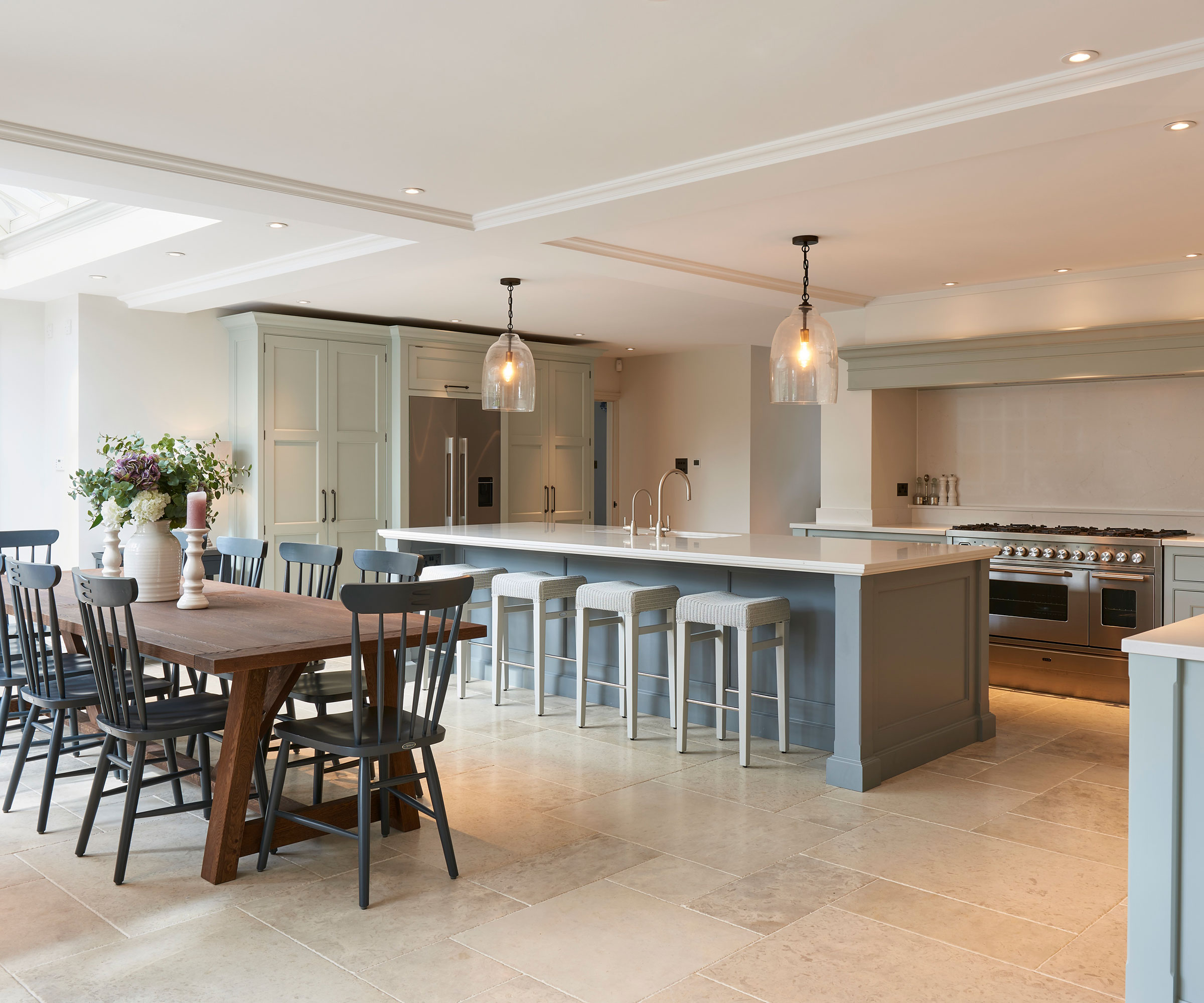
FAQs
Where is the best place to fit air conditioning?
Now you know where not to put an air conditioning unit, where should you locate it if you want to reap all the benefits?
"The best place to install an AC unit is high up on a central wall so the cool air can circulate naturally," advises Martyn Fowler. "Shaded, north- or east-facing rooms are ideal, especially if you're aiming for maximum efficiency during the warmer months."
"Cool air naturally sinks, so mounting the unit near the ceiling allows for better air distribution and more effective cooling," picks up Stephen Day. "It also reduces obstructions from furniture and avoids direct drafts on occupants. Living rooms and main bedrooms are ideal, just ensure the external condenser is placed in a shaded, accessible area with good airflow, ideally on a side wall or secure base outside."
Another often-overlooked spot is above patio doors, according to Stephen.
"Windows and patio doors are notorious heat spots in a home, making them a clever area to target with cooling, so installing a unit above one of these openings not only maximises performance in high-heat zones but also makes use of otherwise unused vertical space," he explains. "It’s especially effective in smaller rooms or areas with awkward layouts, where wall space might be limited. Many of today’s wall units are designed to be slimline and discreet, so placing them above a window can blend aesthetically as well, just ensure there’s still enough clearance for maintenance and airflow."
Where do portable air conditioners work best?
If you have decided, on weighing up wall-mounted vs portable air conditioners, that a portable unit makes more sense for you, where will it be most effective?
"Portable air conditioners need two things to work efficiently: a short, direct vent hose and a clear space for air intake and circulation," explains Stephen Day. "The best set-up is near a window that opens low enough to easily route the hose outside. Avoid long, winding vent ducts, which can cause backflow and heat leakage.
"Place the unit away from beds, thick rugs, or any furniture that might block its intake vents," continues Stephen. "Ideally, it should be on a hard floor rather than carpet to reduce vibration and noise. These units are best suited to bedrooms, small offices, or spare rooms, spaces where they can be neatly vented and aren’t overwhelmed by room size."
If you have a conservatory or orangery you might well be struggling to keep it at a comfortable temperature right now. Our guide on how to keep a conservatory cool should help you start enjoying spending time in it again.
Natasha was Homebuilding & Renovating’s Associate Content Editor and was a member of the Homebuilding team for over two decades. In her role on Homebuilding & Renovating she imparted her knowledge on a wide range of renovation topics, from window condensation to renovating bathrooms, to removing walls and adding an extension. She continues to write for Homebuilding on these topics, and more. An experienced journalist and renovation expert, she also writes for a number of other homes titles, including Homes & Gardens and Ideal Homes. Over the years Natasha has renovated and carried out a side extension to a Victorian terrace. She is currently living in the rural Edwardian cottage she renovated and extended on a largely DIY basis, living on site for the duration of the project.
